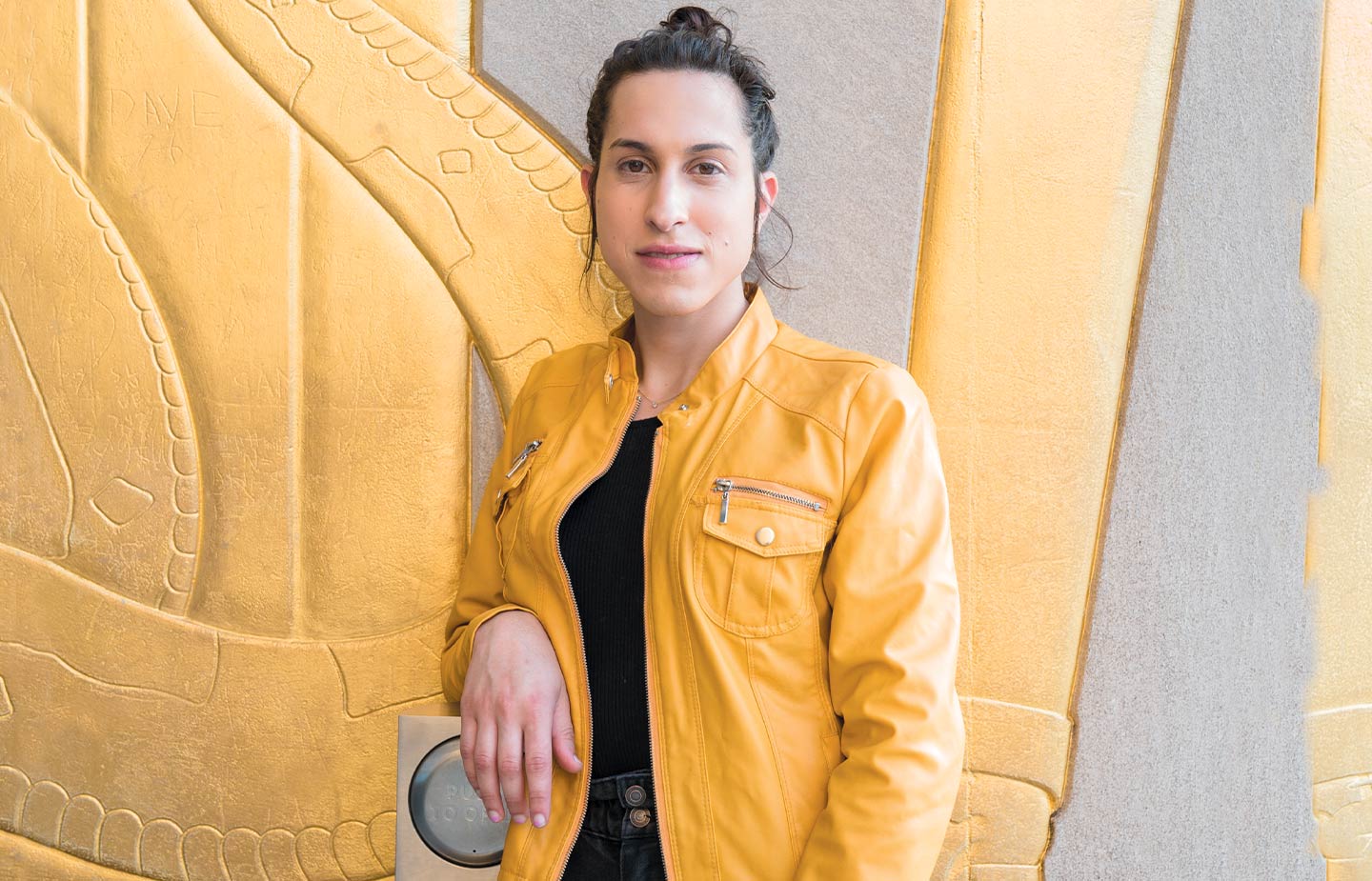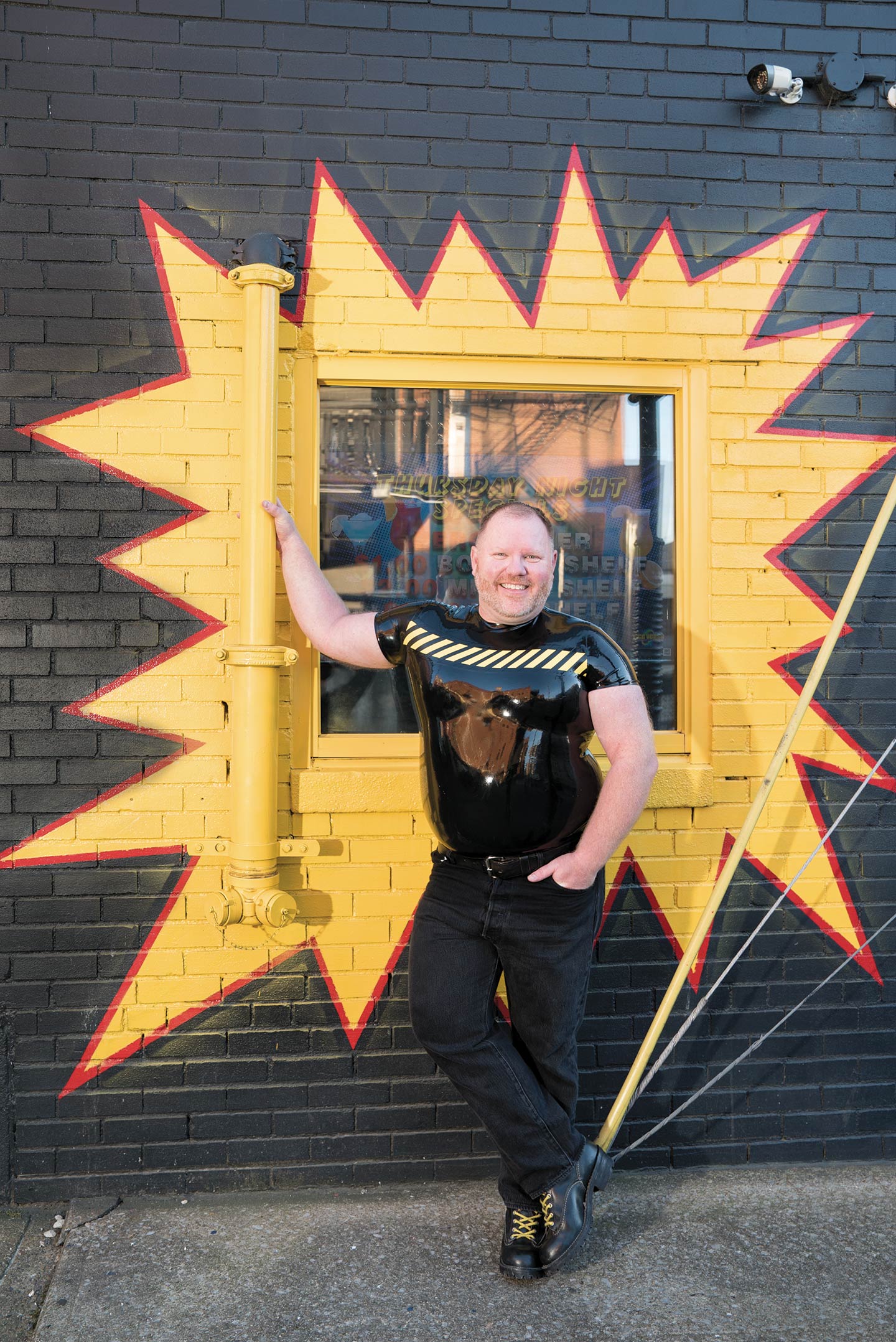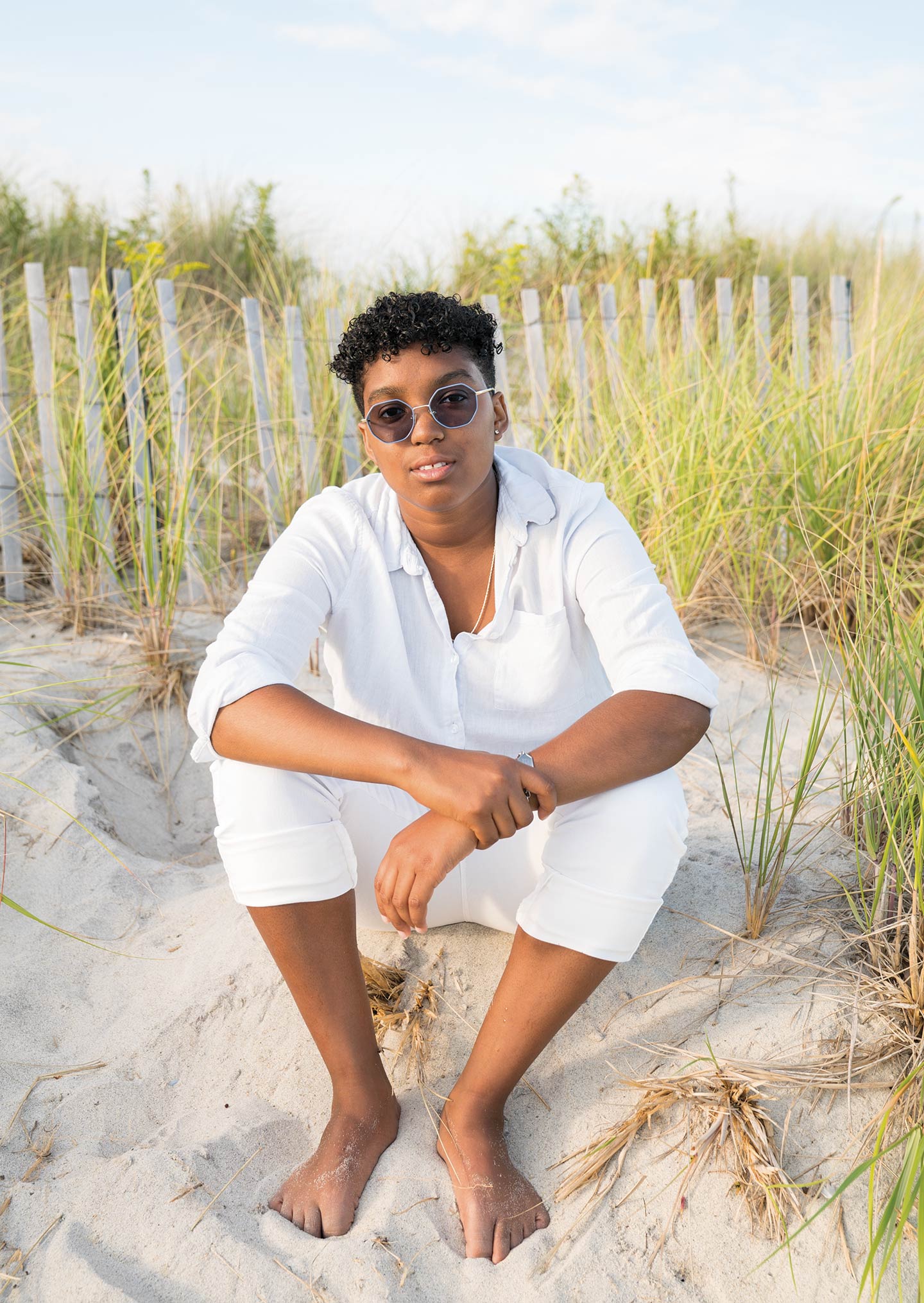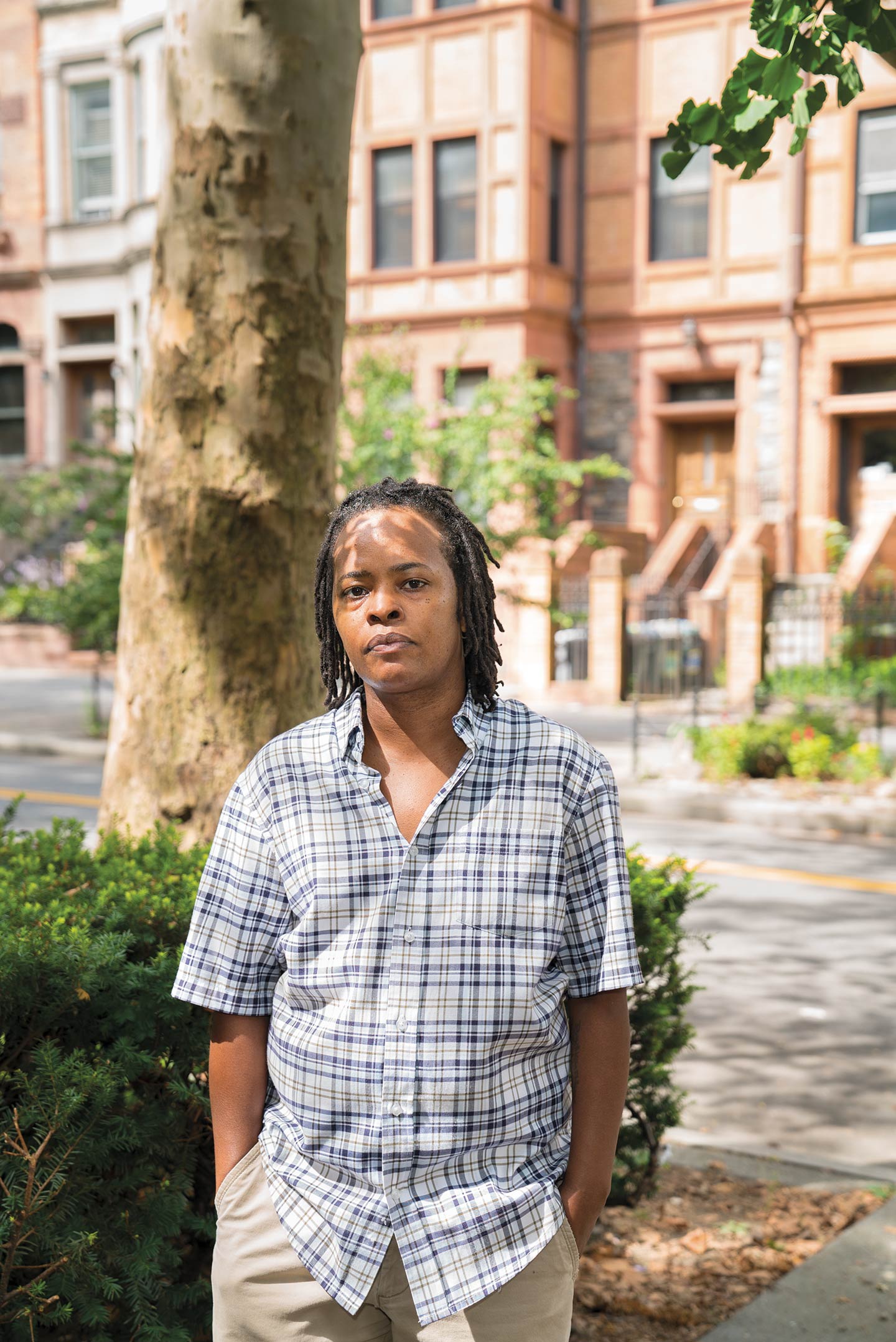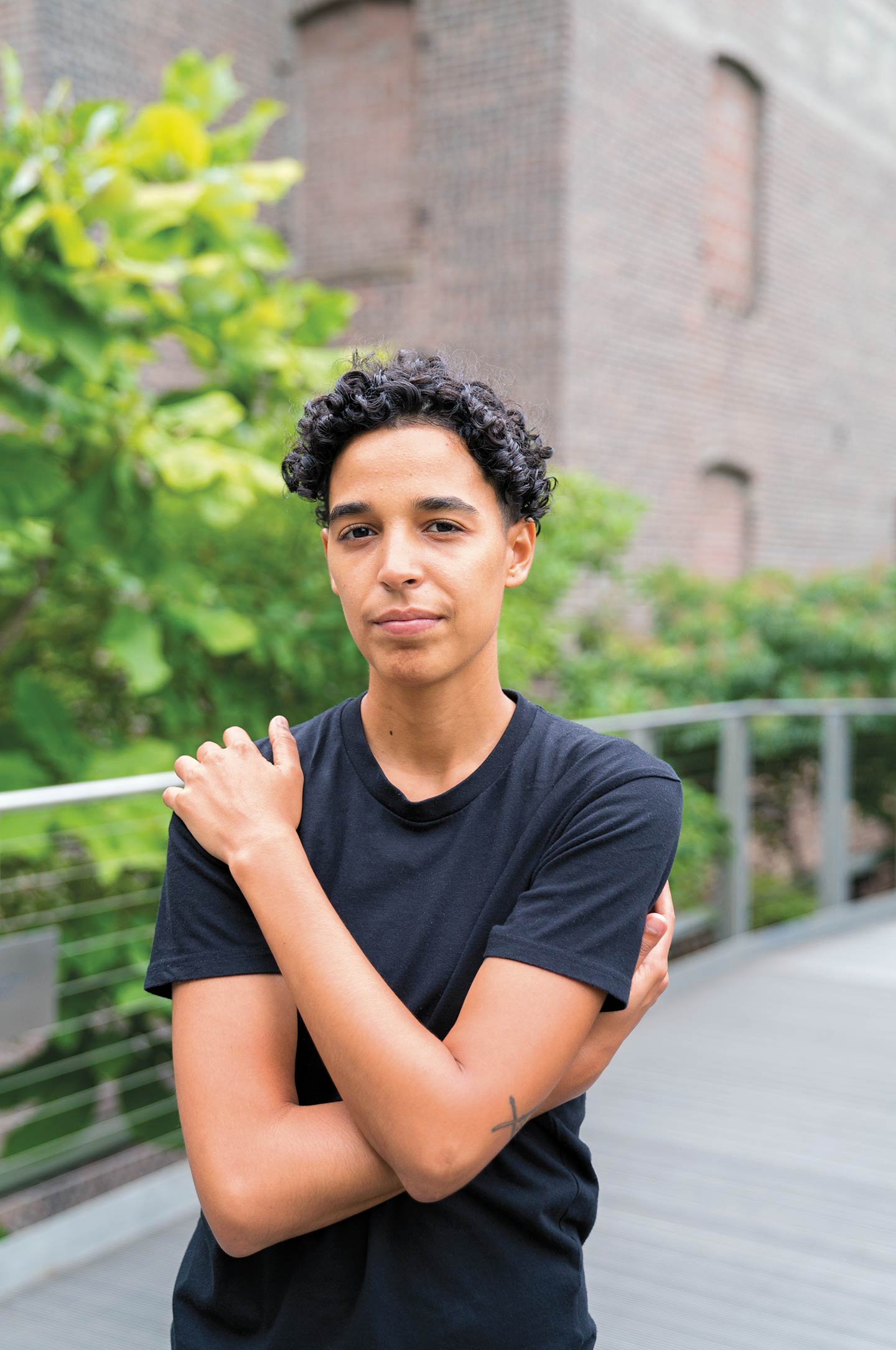The Gender Spectrum
We explore and consider the changing social and cultural definitions of gender.
My little nephew likes to wear a princess dress and spin around in circles. He says it makes him feel magical like the Disney princess Elsa, who, he says, has boobies. He also likes to draw, paint and play with his trains and fire trucks, and his little body used to visibly shake with excitement when he saw a snowplow. He still sits on the couch on trash day to catch a glimpse of the garbage trucks as they pass. He’s one happy child living at the intersection of make-believe and realism. Will he become a firefighter when he grows up? Most likely, he will outgrow that wish. Will dresses still make him feel magical when he’s a teenager? Will the pronoun “he” be replaced with the gender-inclusive pronoun “they?”
Does it really matter?
When I was in middle school, my classmates teased me mercilessly because I played the violin. Apparently, the violin was a “sissy” instrument just as an Elsa dress is supposedly “girly,” despite being nothing more than polyester fabric worn over one’s body, while trucks are considered “boyish.” I wanted to be seen as boyish, so I began hiding my big, brown, bulky violin case until the day I quit.
Whatever choices my nephew makes when he reaches college, I know Conn will not only accept him as a student (predicated on his grades, of course) but enable him to thrive on a campus where the words “equity” and “inclusion” are not just marketing phrases but promises in the process of being carried out—a college where the expanded definition of gender disrupts the antiquated binary notion of “he” or “she.”
“Conn is a school with a proud reputation for being LGBTQIA-inclusive,” said Erin Duran, director of gender and sexuality programs. “We’ve had gender-inclusive bathrooms in our residence halls for decades, and we were one of the first small, private liberal arts schools to have an established preferred name process (where students can choose their name).”
Conn is not alone. Many institutions across the country recognize changing definitions of gender, and that “gender is more complex than the male/female, man/woman binary upon which so much of our world has been built,” Duran says.
This past August, in fact, Pennsylvania and Washington state joined the growing list of states (now 11) to offer a third gender “X” option on state-issued driver’s licenses. In 2018, Washington also joined Oregon and California in offering an “X” option on birth certificates. The venerable Oxford English Dictionary recognizes the singular usage of “they” to replace “he” and “she” when the gender of the antecedent is unknown. Some might balk at this usage and wish we could go back to “simpler times” when the world could be broken down into 0s and 1s. Well, those times were not simpler, and the OED traces “they” as a singular pronoun back to 1375.
Why not refer to someone as “they?” Edward (Ted) Svehlik ’97 (opposite page) points out that it costs one nothing to call someone by their preferred name, yet treating a person with dignity has immeasurable benefits, like encouraging anyone to play the violin, dress as they wish or dream of becoming a snowplow driver, regardless of the prevailing social constructs that create gender stereotypes.
While we can always do better, Conn strives to share its diversity proudly, on and off our campus. To this end, we publish the following photo essay documenting five alums showcasing their identities and what gender means to them. By no means is this an exhaustive list (the gender spectrum is infinite), but these individuals continue the conversation.
